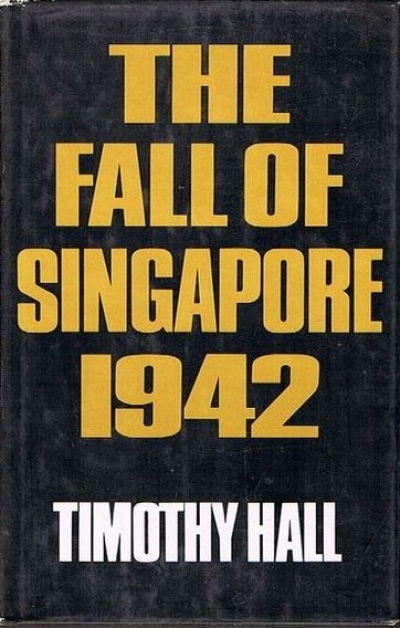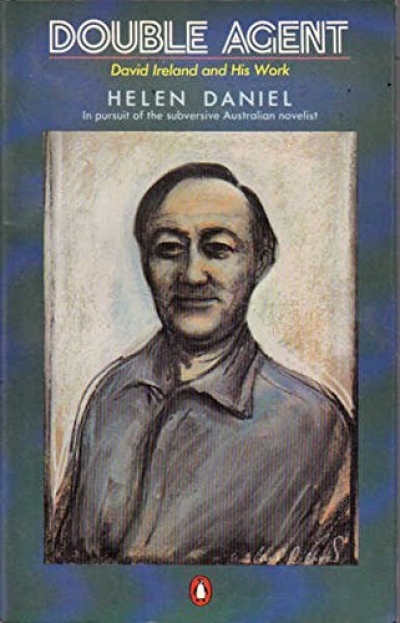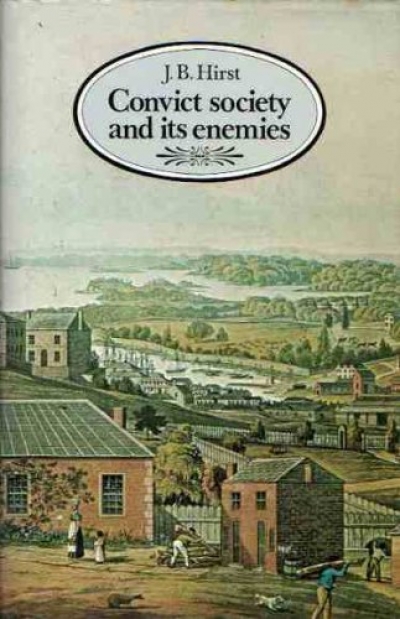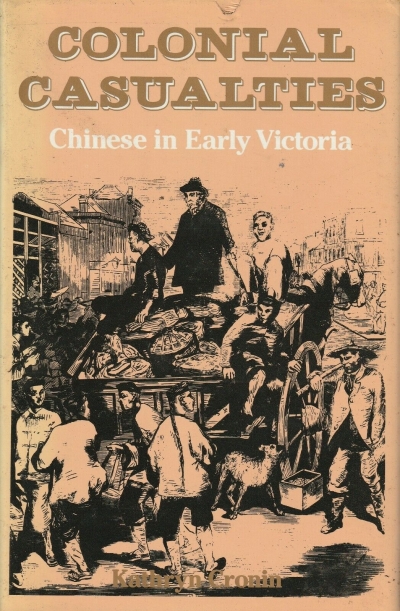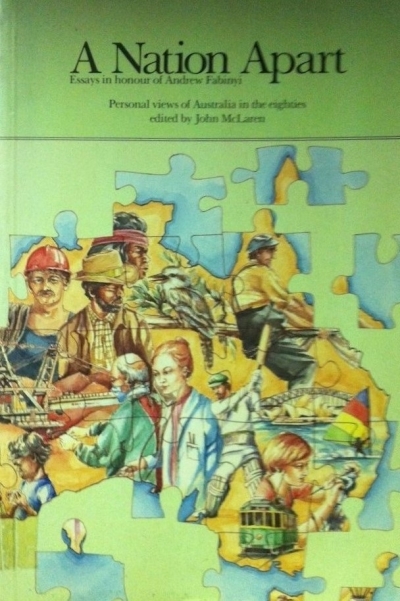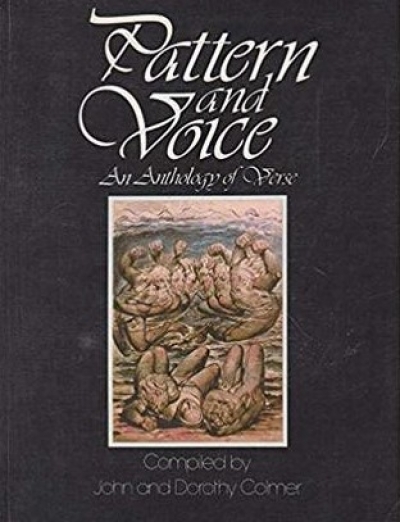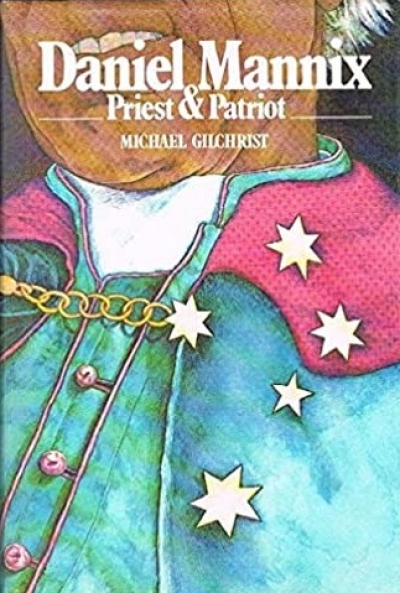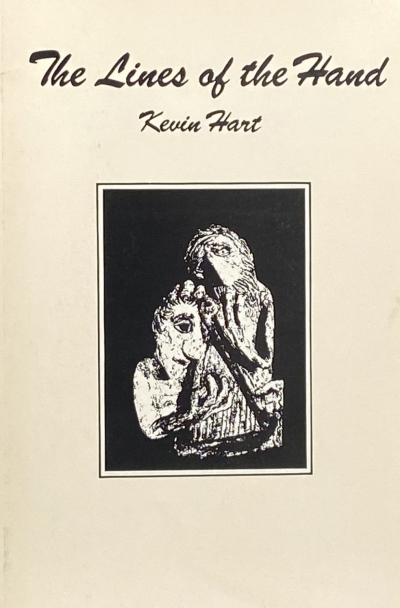Archive
Synchronicity can bring forward strange events in the life of an artist. In 1965, arriving in Perugia in northern Italy, I felt a profound sense of familiarity and connectedness, which has no rational explanation. I had come to study Italian language at the university. I was a young woman of twenty-three, returning to Europe for the first time since I had left Hungary with my family at the age of five.
... (read more)Orienteering: Painting in the Landscape edited by Heather Briggs
by John Landvogt •
Double Agent: David Ireland and his work by Helen Daniel
by Frances McInherney •
Colonial Casualties, Chinese in Early Victoria by Kathryn Cronin
by Frank Strahan •

